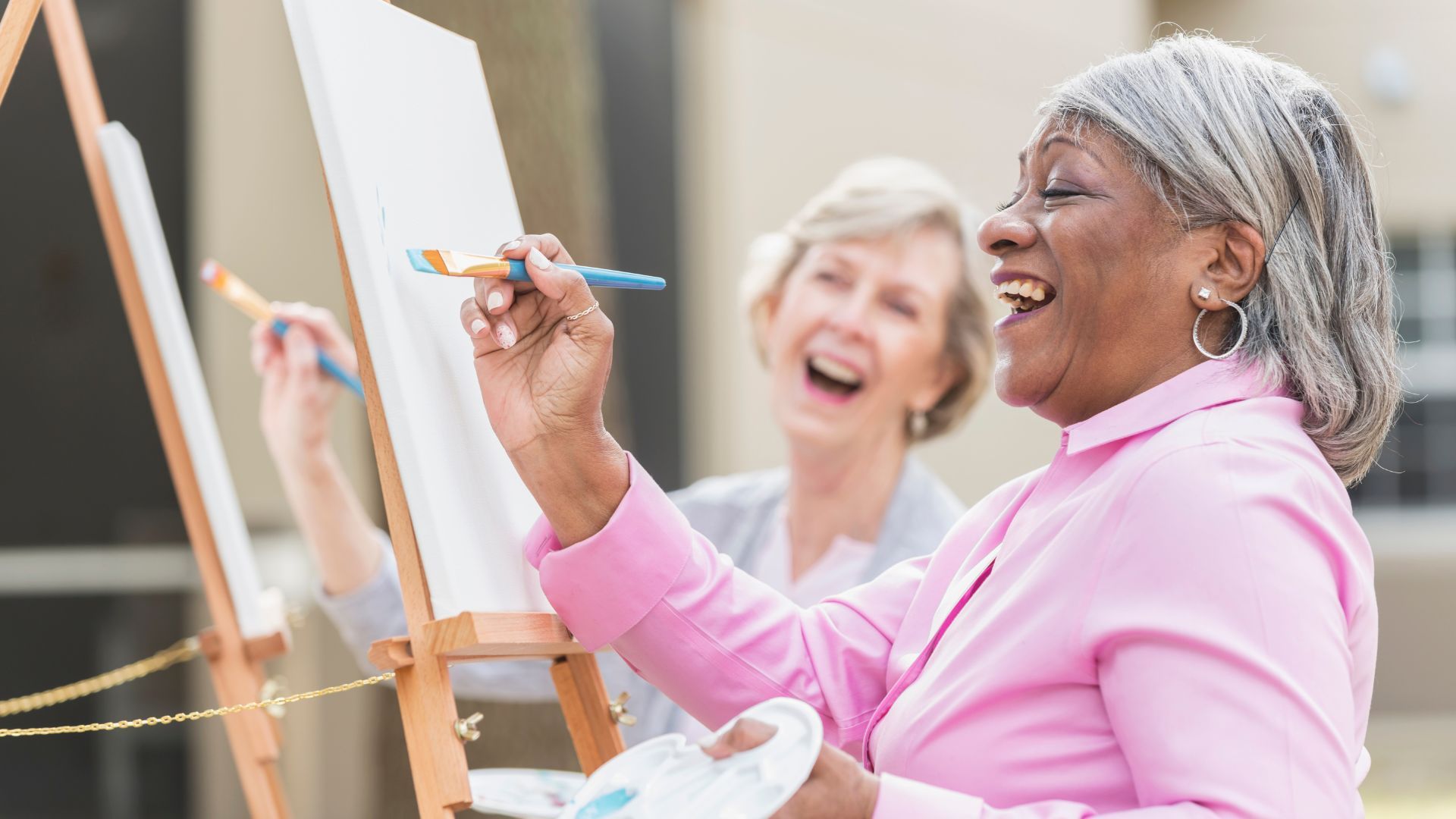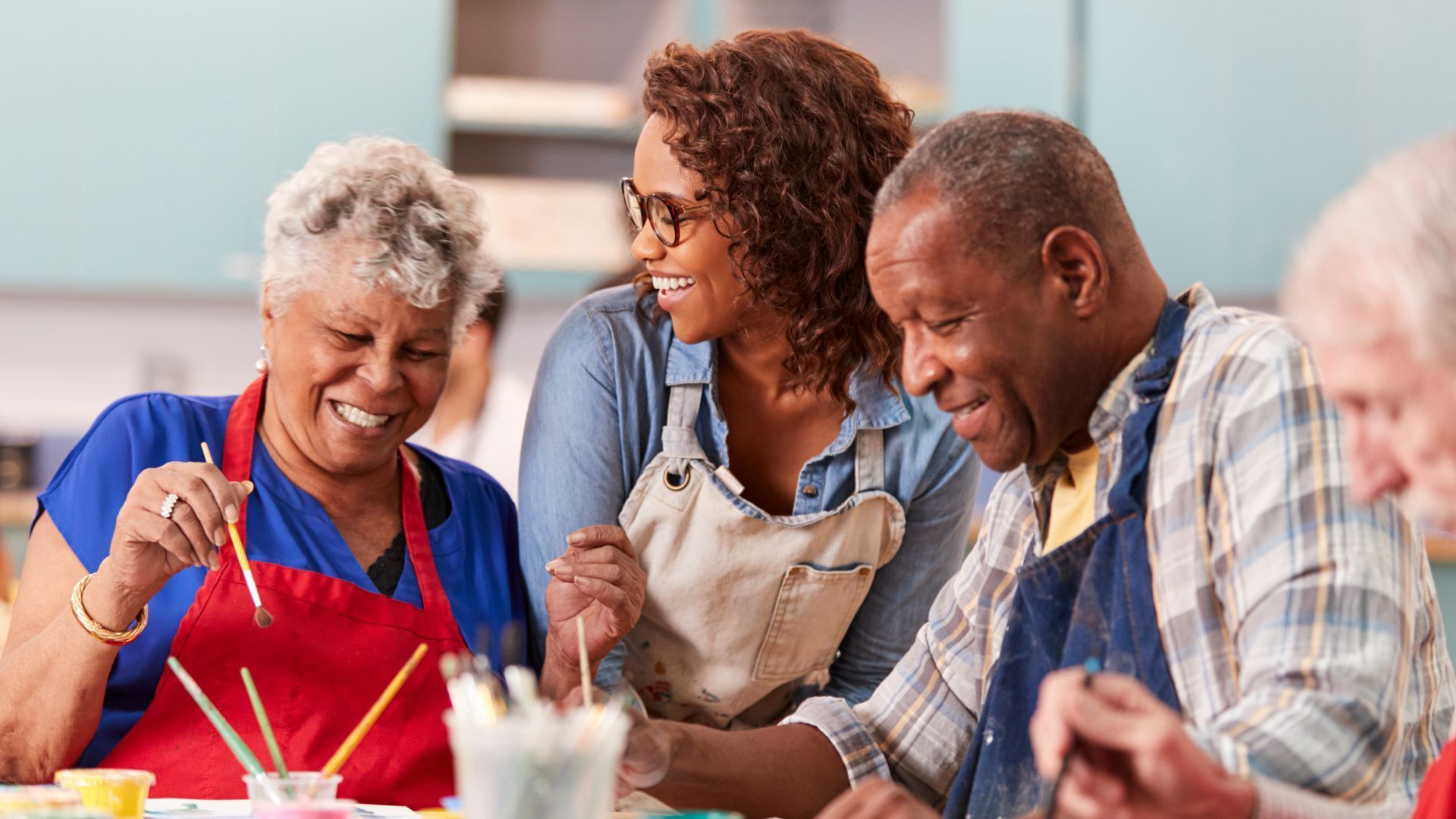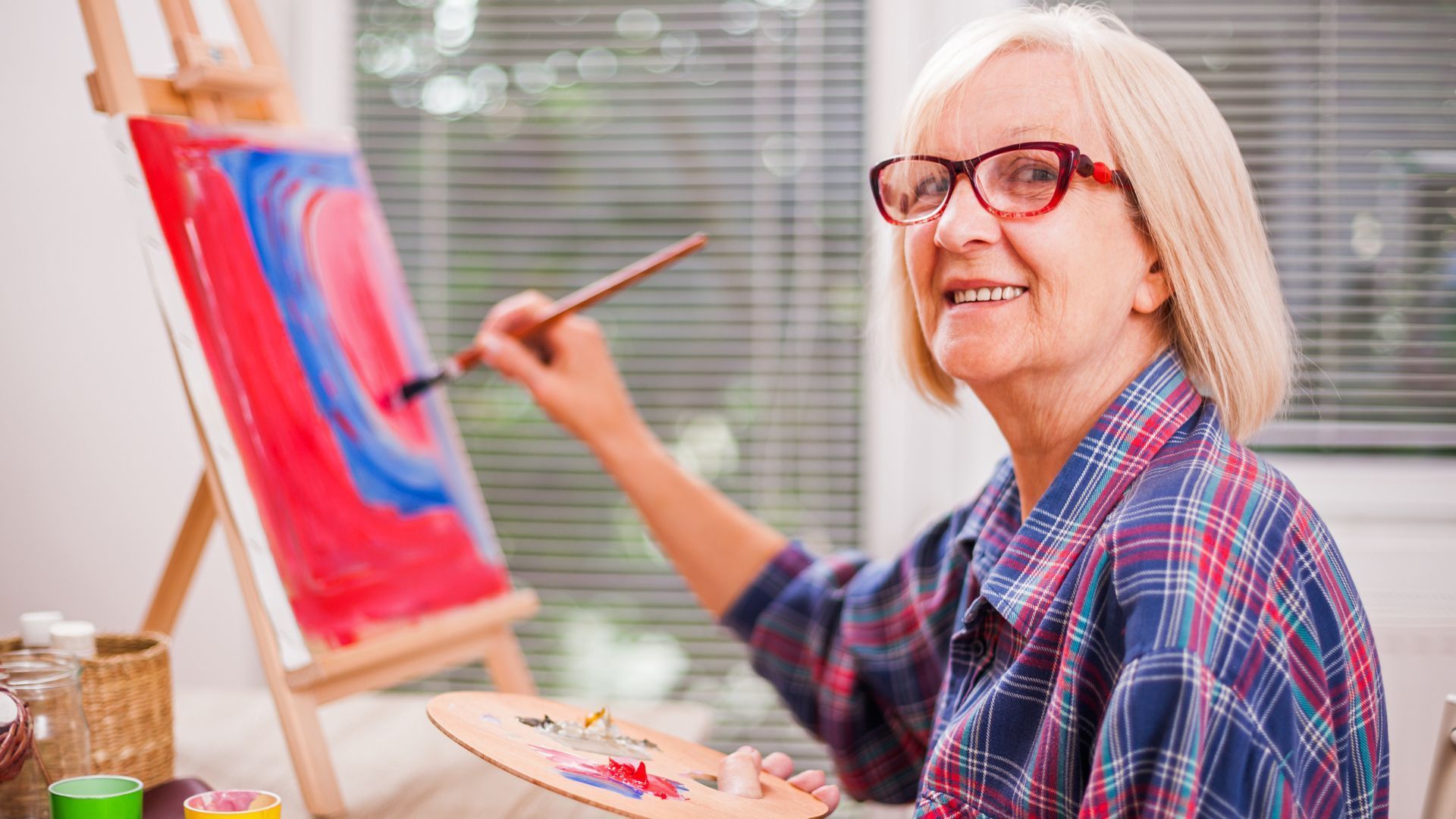
Engaging seniors in assisted living through arts and crafts offers targeted cognitive stimulation, emotional expression, and social connection right where they live. By integrating creative activities—such as painting, collage, and yarn work—residents gain mental acuity while expressing individuality and building camaraderie. Readers will discover the key therapeutic benefits, easy project ideas, adaptations for special needs, facilitator guidelines, and cost-efficient supply sourcing for assisted living environments.
What Are the Key Benefits of Arts and Crafts for Seniors in Assisted Living?
Arts and crafts constitute structured creative activities that engage seniors’ cognitive processes through planning, problem-solving, and color recognition, thereby enhancing mental sharpness. For example, a simple watercolor lesson requires decision-making and recall, directly promoting memory retention. Understanding these core benefits leads us to examine cognitive improvements in depth.
Benefits of Arts and Crafts for Seniors
Arts and crafts offer seniors a creative outlet, fostering a sense of purpose and skill mastery, enhancing cognitive function, memory, and motor skills while alleviating stress and aiding in social bonding.
How Do Arts and Crafts Improve Cognitive Health in Seniors?

Arts and crafts improve cognitive health by activating neural networks responsible for attention, memory, and executive function. Participating in step-by-step collage tasks stimulates short-term recall, while choosing color palettes engages planning skills. This mental workout supports sharper focus and may slow age-related cognitive decline.
Cognitive Benefits of Arts and Crafts
Adults who participate in arts and crafts in midlife and late life have a decreased risk of developing mild cognitive impairment than those who don't, and art therapy has been linked to improved cognitive function in community-living older adults with mild cognitive impairment.
In What Ways Do Craft Activities Promote Social Engagement Among Seniors?

Craft activities foster social engagement by creating shared goals and conversation topics during group sessions. Facilitators encourage partners to collaborate on mosaic panels or yarn-tying, promoting peer support. These interactions reduce isolation and nurture a sense of community through mutual encouragement and creative exchange.
How Can Arts and Crafts Enhance Fine Motor Skills for Elderly Adults?
Working with paintbrushes, beads, or clay refines fine motor control by requiring precise hand–eye coordination and finger dexterity. For instance, stringing large-hole beads strengthens grip and steadies hand movement. Improved manual dexterity translates to daily tasks, such as buttoning clothing and handling utensils.
Fine Motor Skills and Crafts for the Elderly
Engaging in arts and crafts involves detailed, intricate movements and essential hand-eye coordination, which can play a significant role in maintaining and enhancing fine motor skills among older adults.
What Role Do Arts and Crafts Play in Reducing Stress and Enhancing Emotional Well-Being?
Creative expression through art materials triggers relaxation responses by shifting focus away from worries and into tactile sensations. Kneading air-dry clay or layering paper collage can lower cortisol levels and provide emotional release. This calming effect paves the way for exploring easy project ideas that sustain engagement.
What Are Some Easy and Enjoyable Arts and Crafts Ideas for Seniors in Assisted Living?
Easy and enjoyable arts and crafts ideas combine low physical demand with high creative payoff, enabling seniors to participate fully regardless of skill level. Projects like no-bake clay figures and large-stroke painting offer instant success and pride, reinforcing engagement. These accessible crafts set the stage for specific project recommendations.
Which No-Bake Craft Projects Are Suitable for Seniors with Limited Dexterity?
No-bake projects minimize tool use while engaging imagination through molding and arranging:
- Create air-dry clay handprint keepsakes using pre-mixed clay and simple shaping tools.
- Fashion button and ribbon bookmarks by gluing large, colorful buttons onto cardstock strips.
- Assemble foam mosaic coasters by pressing foam tiles into adhesive-backed squares.
These activities boost confidence and gently prepare hands for painting techniques.
What Simple Painting and Paper Crafts Are Ideal for Elderly Adults?
Painting and paper crafts offer a broad creative scope with minimal setup:
| Craft | Required Material | Therapeutic Benefit |
|---|---|---|
| Watercolor Landscapes | Watercolor pans, large brushes | Enhances focus and color recognition |
| Paper Collage Cards | Pre-cut paper shapes, glue sticks | Stimulates planning and composition |
| Stencil Art Prints | Reusable stencils, acrylic paint | Supports precision and pattern creation |
These options blend creative expression with structured guidance, leading to fiber arts adaptations.
How Can Knitting and Crocheting Be Adapted for Seniors?
Knitting and crocheting can be tailored using large-grip needles or hooks and bulky yarn to reduce hand strain. Patterns employ only basic stitches (e.g., garter or single crochet), ensuring quick progress and visual gratification. Group knit-along sessions further weave social interaction into fiber arts.
How Can Arts and Crafts Be Adapted for Seniors with Specific Needs in Assisted Living?
Adapting arts and crafts for varying abilities ensures every resident can benefit from creative engagement. By customizing activity complexity and materials, facilitators can support cognitive stimulation, physical comfort, and sensory needs. Next, we explore targeted adaptations.
What Are Dementia-Friendly Craft Activities That Support Cognitive Stimulation?
Dementia-friendly crafts emphasize repetitive, familiar tasks that reinforce memory cues:
• Simple seasonal wreath-making with pre-cut foliage and large glue dots.
• Photo collage memory boards using residents’ images and captions.
• Paint-by-number placemat sets to guide color selection and pattern completion.
Dementia-Friendly Craft Activities
For older adults with Alzheimer's or dementia, arts and crafts can be especially beneficial, and crafts can provide a way to challenge different areas of the brain, enhance cognitive function, and experience the reward and comfort of emotional connection.
How Can Crafts Be Modified for Seniors with Limited Mobility or Physical Challenges?
Craft modifications for limited mobility include seated easel stations, tabletop clip-on containers, and adjustable-height tables. Materials like self-adhesive beads and no-tangle yarn reduce reaching and fine grip demands. Such ergonomic setups encourage inclusive participation without fatigue.
What Sensory Crafts Help Seniors with Sensory Processing Difficulties?
Sensory crafts engage touch and smell through textured materials and scented elements:
- Soft-fabric collage panels combining felt, ribbon, and scented sachet pieces.
- Kinetic sand sculpture trays that allow tactile exploration and shaping.
- Aromatherapy painting using essential oil infusions mixed into non-toxic paints.
How Can Caregivers and Activity Coordinators Effectively Plan and Facilitate Senior Craft Sessions?
Effective planning for craft sessions requires clear goals, appropriate supplies, and structured workflows to maximize participation and enjoyment. Coordinators define objectives—such as social bonding or skill building—then select materials and layouts that align with residents’ abilities. This framework ensures sessions run smoothly and purposefully.
What Essential Craft Supplies Are Recommended for Assisted Living Activities?
Introducing a core set of supplies streamlines session preparation:
| Entity | Attribute | Value/Example |
|---|---|---|
| Paint Supplies | Brush Type | Large-grip brushes with soft, synthetic bristles |
| Clay Materials | Texture | Air-dry, non-toxic clay in pre-mixed tubs |
| Fiber Arts | Tool Modification | Oversized knitting needles and crochet hooks |
| Paper Products | Ease of Handling | Pre-cut shapes, adhesive-backed sheets |
What Tips Help Engage Seniors and Manage Group vs. Individual Crafting?
- Introduce each project with a brief demonstration to build confidence.
- Use paired seating to foster peer support and conversation.
- Offer one-on-one assistance stations for residents who prefer focused attention.
- Rotate between group and solo projects to balance social and personal creativity.
What Safety Considerations Should Be Taken When Organizing Senior Crafts?
- Choose non-toxic, hypoallergenic materials to minimize allergic reactions.
- Provide scissors with blunt ends and large handles for safety.
- Ensure workspaces are well-lit and free of trip hazards.
- Sanitize tools between sessions to prevent contamination.
Craft Safety Considerations
Choose non-toxic, hypoallergenic materials to minimize allergic reactions, provide scissors with blunt ends and large handles for safety, ensure workspaces are well-lit and free of trip hazards, and sanitize tools between sessions to prevent contamination.
Where Can Assisted Living Facilities Source Affordable and Suitable Craft Supplies for Seniors?
Securing cost-effective, senior-friendly craft materials involves partnering with wholesalers, leveraging bulk discounts, and repurposing donated items. Facilities can maintain a steady inventory by establishing relationships with local suppliers and community groups, as outlined below.
What Are Budget-Friendly Options for Senior Craft Materials?
- Bulk craft-store orders for discounted paint and clay tubs.
- Local thrift shop donations of yarn, fabric scraps, and magazines for collage.
- Community drives collecting large-grip brushes and pre-cut paper packs.
How Should Craft Supplies Be Stored and Managed in Assisted Living Settings?
- Use labeled, stackable bins dividing supplies by category.
- Employ clear drawer organizers for small items like beads and buttons.
- Schedule monthly inventory checks to replenish low-stock essentials.
Engaging seniors in assisted living through well-structured arts and crafts programs directly enhances cognitive health, social connection, motor skills, and emotional well-being. By selecting accessible projects, adapting for specific needs, and equipping facilitators with clear planning guides, facilities can create consistently enriching experiences. With affordable supply strategies and safety protocols in place, these creative programs become sustainable pillars of resident life. Encouraging participation in the arts fosters a vibrant community atmosphere that supports lifelong learning and joy.


